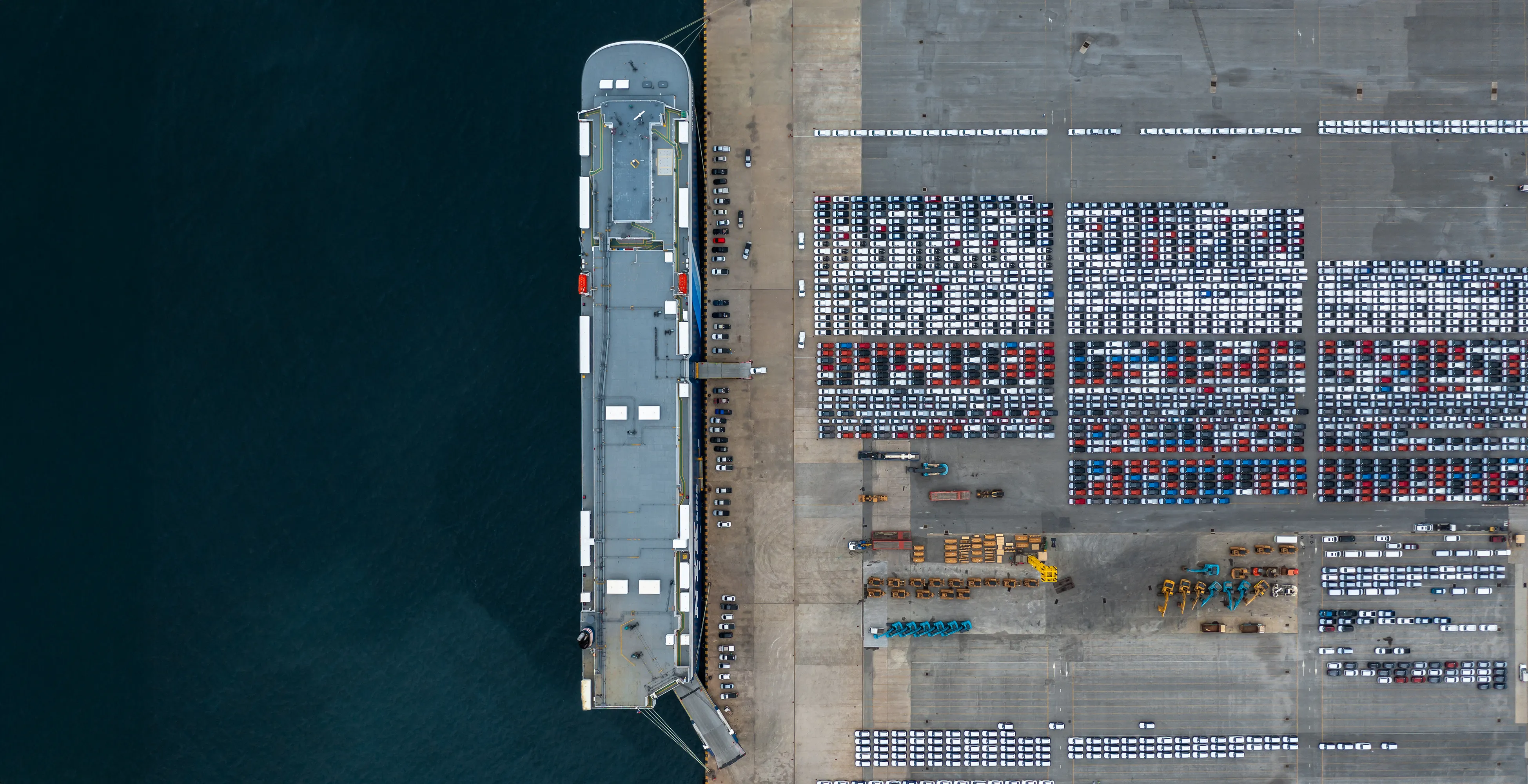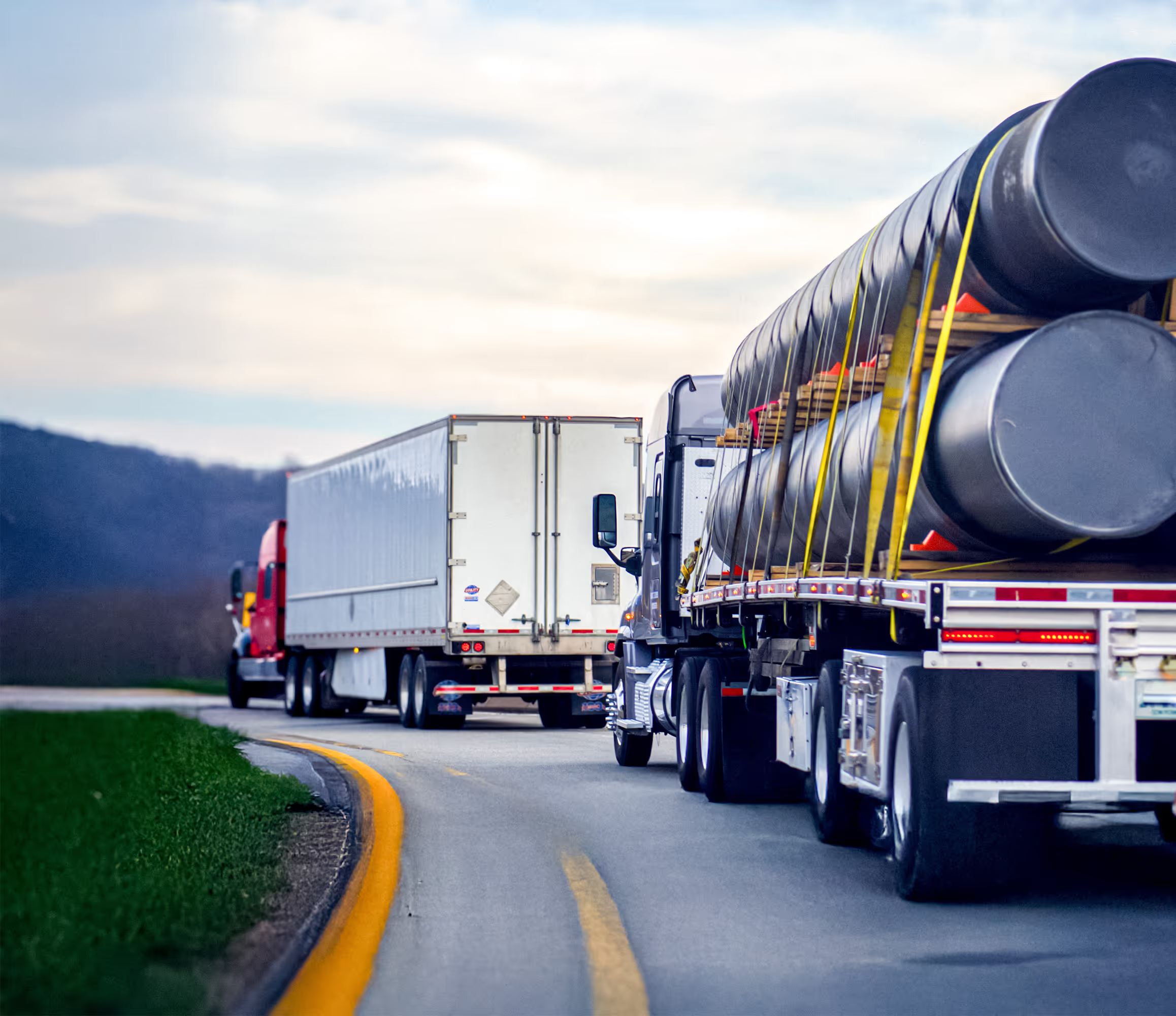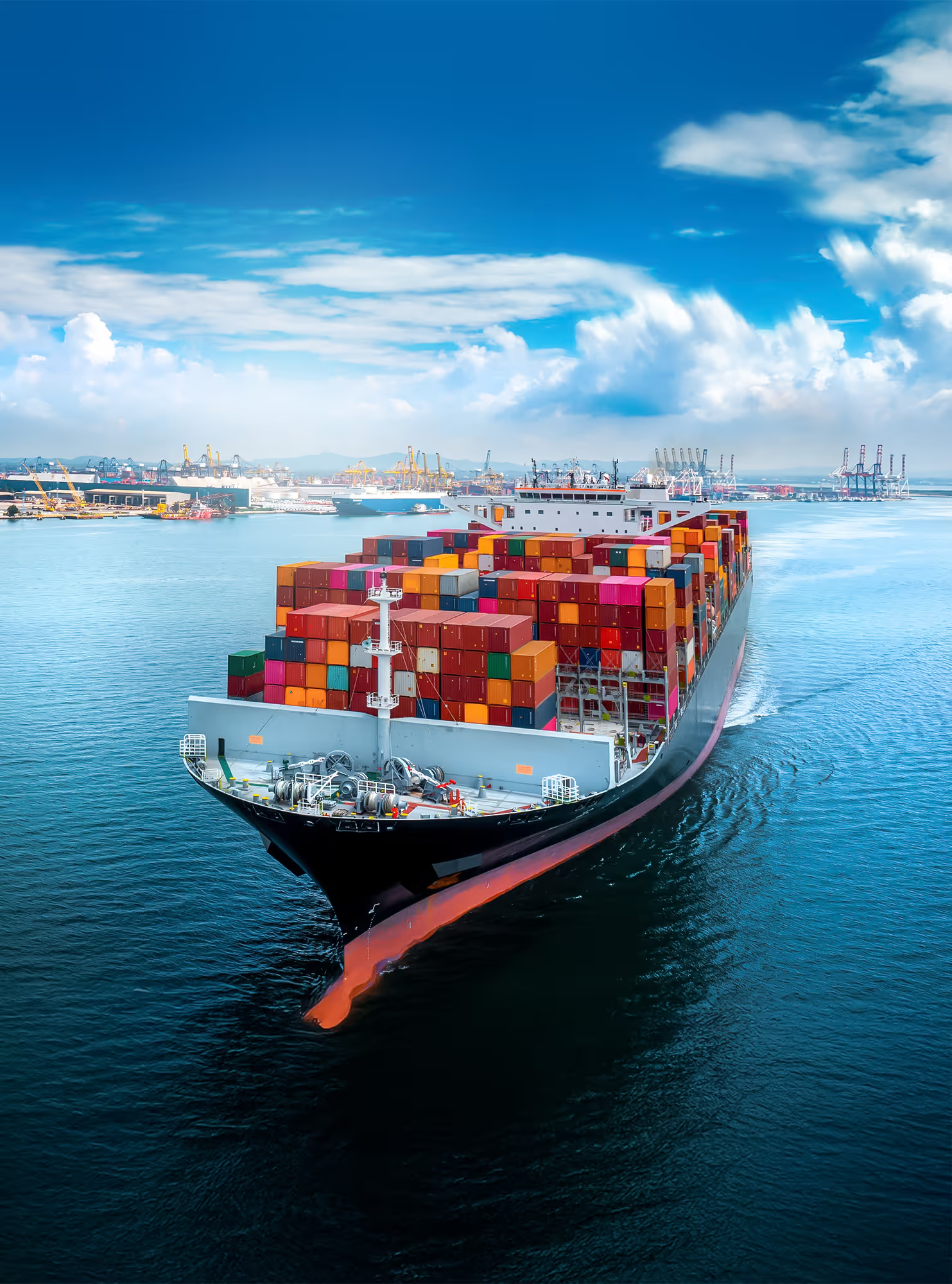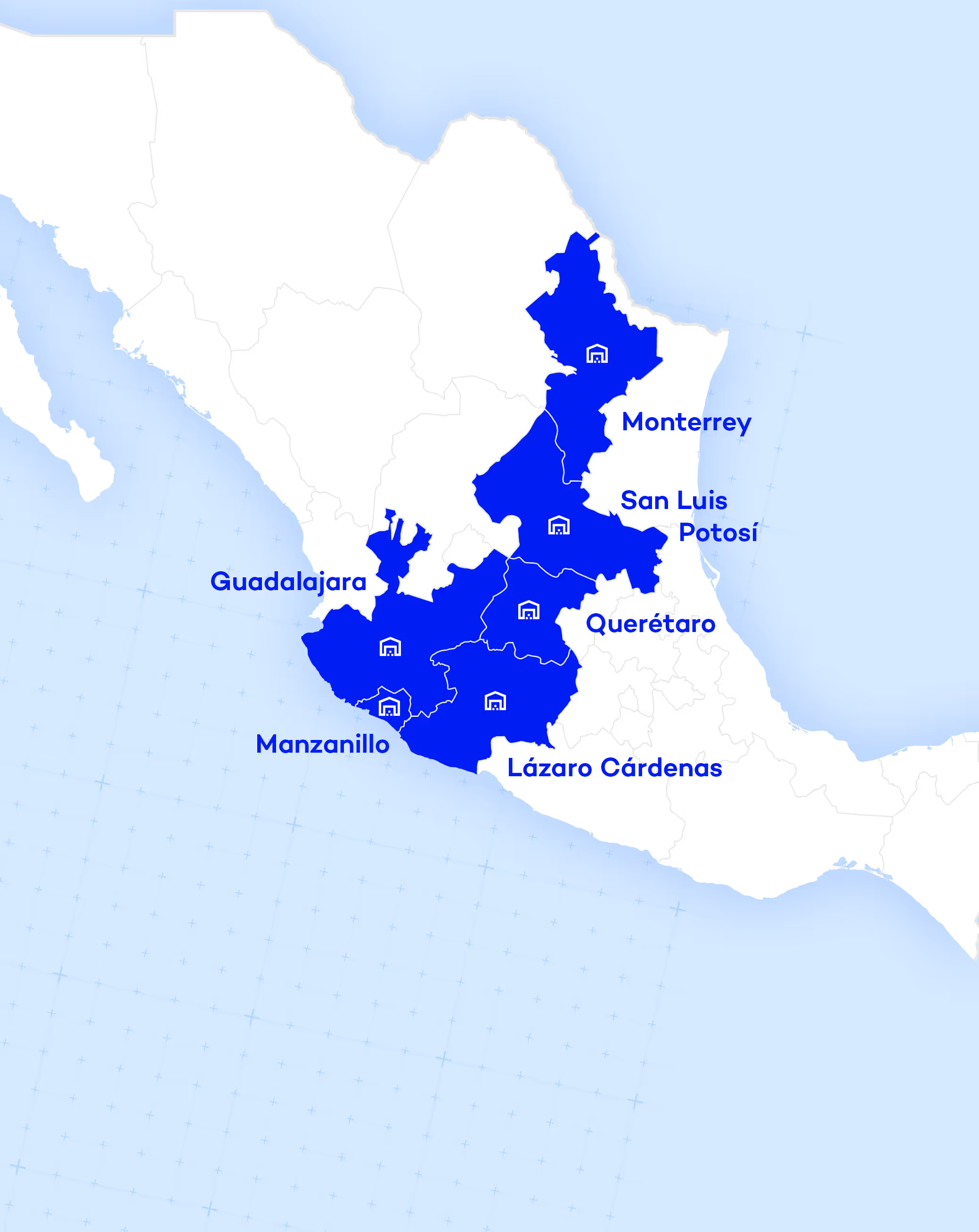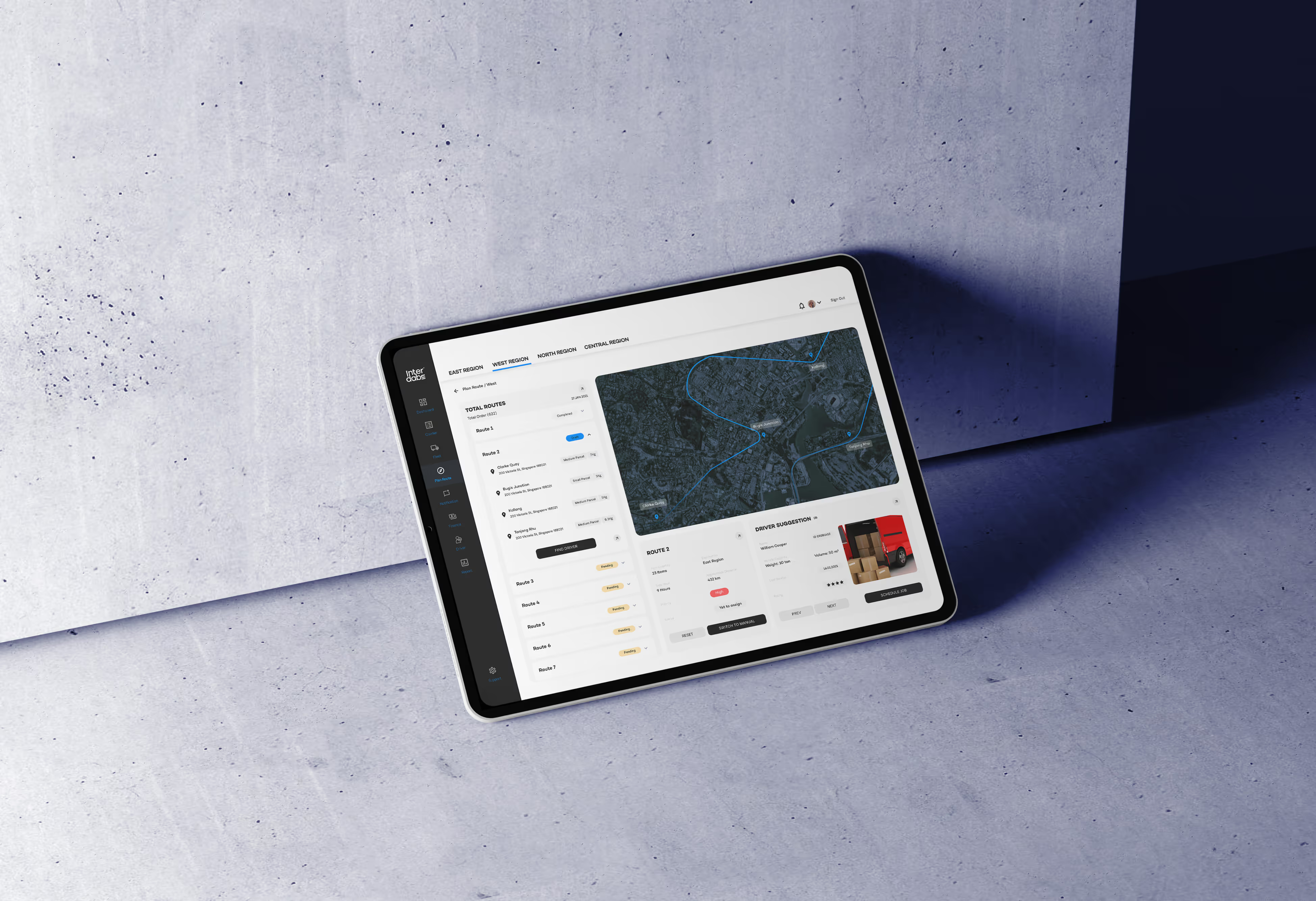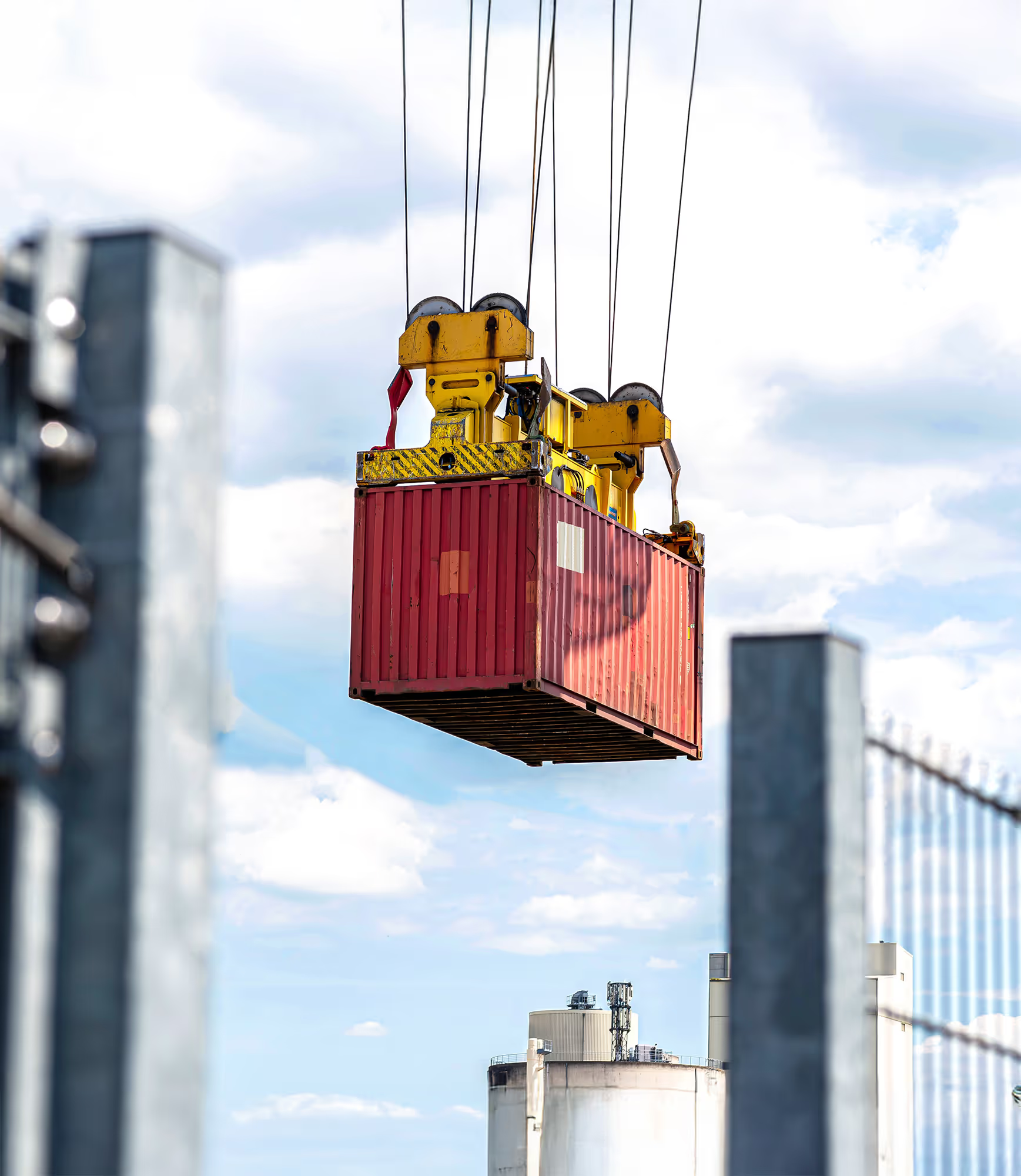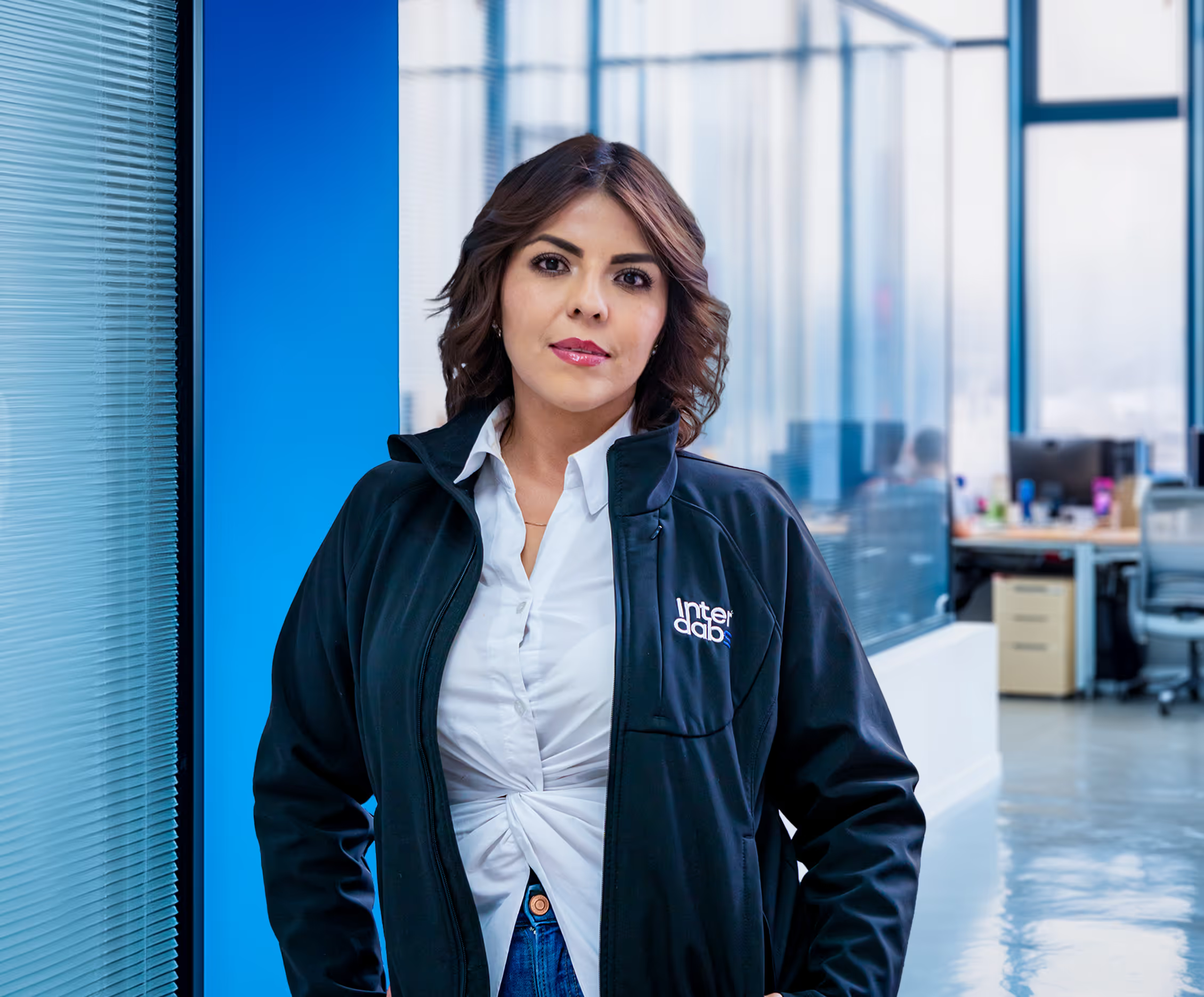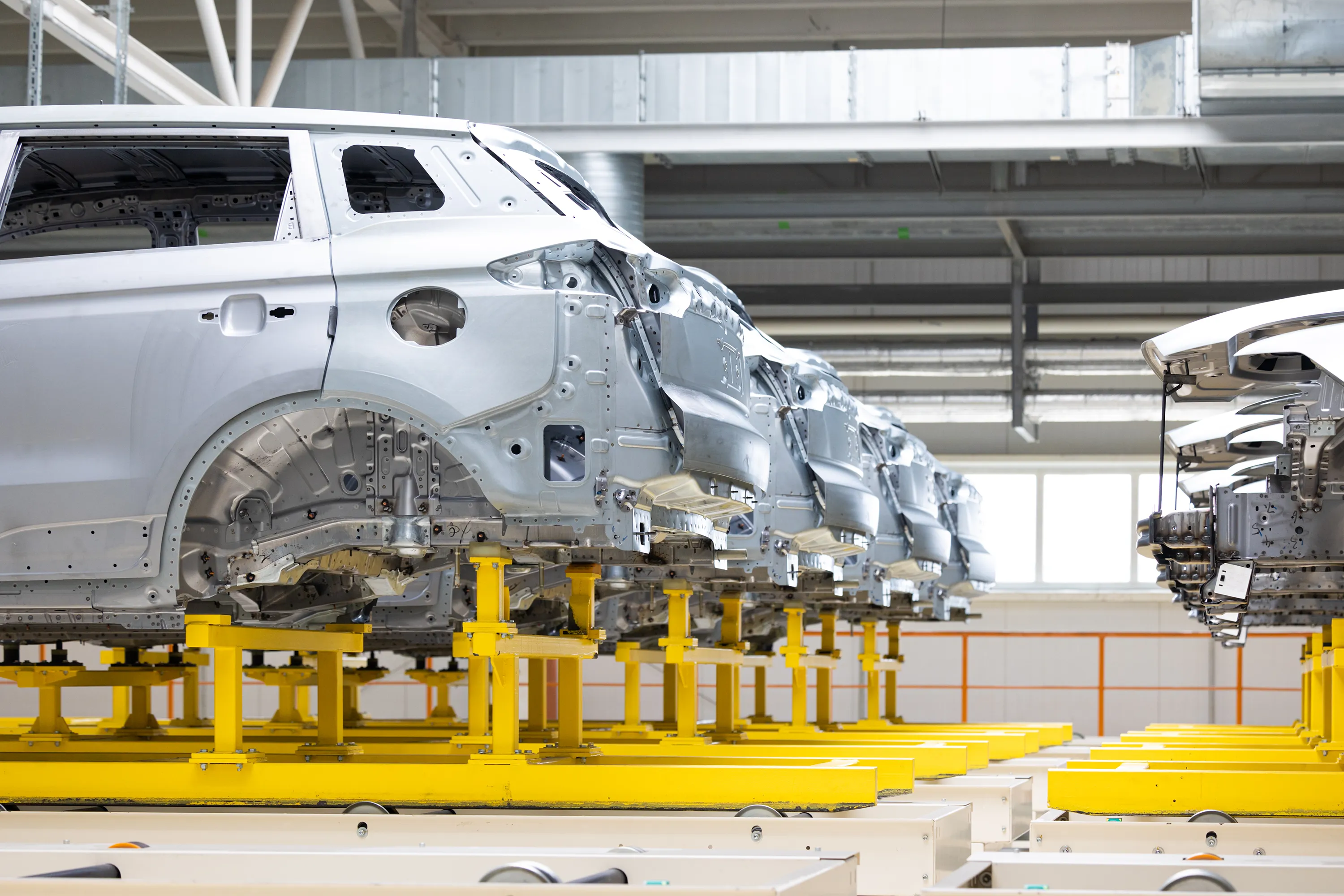Automotive Logistics in Mexico: Challenges and Solutions for OEMs and Tier 1
Mexico is a Key hub of the automotive industry in North America. It is the world's fourth largest exporter of light vehicles, with more than 30 established manufacturers (OEMs) and hundreds of Tier 1/Tier 2 suppliers. This industrial weight is strengthened by the trend of Nearshoring, which in 2023-2024 generated more than 80 investment announcements for USD 36,000 M, of which 50% were in the automotive sector (thelogisticsworld.com). Companies such as Tesla, BMW, Audi and Continental are expanding plants in the Bajío and North of the country, benefiting from treaties such as the T-MEC and competitive logistics costs.
However, this boom involves new logistical challenges. Closeness to the United States shortens supply chains, but it also requires greater efficiency, reliability and visibility in every link. In an environment increasingly regulated and competitive, OEMs and their Tier 1 must plan routes, modes and processes in a millimetric way to meet Just-in-Time/Just-in-Sequence (JIT/JIS) deliveries and adapt to unexpected changes.
Main logistical challenges
Adjusted lead times: JIT/JIS
Automotive assembly lines do not allow delays or batch changes. We work with exact delivery schedules (JIT windows) and with precise part sequences (JIS). For example, a plant in Mexicali commented that 70% of its components come from the EU/Canada, so they only have 17 days of visibility to coordinate the entire chain (t21.com.mx) This includes ground transportation routes (truck or train) to border customs in ~4 days. Any delay in customs clearance or in the multimodal connection (ship, train, truck) can stop production.
End-to-end visibility and traceability
In a JIT context, the full visibility of the load is essential. Georeferenced tracking systems and centralized dashboards allow automatic delivery reports, predictive alerts and real-time incident management. Integrating digital tools (for example TMS/WMS, IoT and blockchain) is critical (t21.com.mx):
“Committing to... traceability... and technological solutions is no longer optional, but a condition for remaining in the market”.
This ensures monitoring every component from the supplier to the assembly line, and meeting regulatory requirements (for example NOMs for quality and safety) without surprises.
Customs and Regulatory Compliance
Automotive foreign trade requires specialized attention. Customs agents or forwarders they must process regimes such as IMMEX (temporary import for manufacturing) that defers taxes on imported inputs. Official Mexican Regulations (NOM) and T-MEC rules of origin must also be complied with. Dispatch or certification failures can result in critical fines or delays. In short, the customs process must be as precise as the production: with efficient inspections, impeccable documentation and extensive experience in sector regulations.
Multimodal efficiency: RoRo, LoLo, land and air
Automotive logistics combines multiple modes of transport. Finished vehicles are usually transported on Ro-Ro (roll-on/roll-off) ships to key ports (e.g. Lázaro Cárdenas, Manzanillo) and then on “godmothers” or trains to dealers. Bulky auto parts or heavy equipment are loaded as Break Bulk/LOLO in specialized terminals. In turn, hundreds of trailers are moved daily to the US-Canada and a few urgent loads by air.
Coordination between these modes requires dedicated infrastructure (safe yards, port ramps) and alliances with multimodal carriers, to avoid bottlenecks in saturated ports or congested borders.
Betting on regional content, traceability, regulatory compliance and technological solutions is no longer optional. Automotive logistics requires strategic precision: operational flexibility and exact control of every movement.
Logistic operators: 3PL vs 4PL
Historically, OEMs have relied on 3PLs (logistics third parties) for specific tasks: national/international transport, warehousing, customs clearance, etc. A 3PL provider performs these operational operations and reduces infrastructure costs. However, increasing complexity requires a more holistic approach: 4PL logistics.
A 4PL (fourth part) acts as comprehensive strategic partner. It oversees and optimizes the entire automotive supply chain, coordinating multiple 3PLs, carriers and technology platforms. Unlike 3PL, which performs defined functions, 4PL provides centralized visibility and unification of processes (blk.global). Key benefits for OEMs and Tier 1:
- Technological integration: A 4PL implements a control tower that consolidates shipping, warehouse and customs information on a single dashboard. This improves the end-to-end visibility and evidence-based decision-making.
- Operational Efficiency: By analyzing the entire chain, the 4PL identifies redundancies or gaps. You can optimize multimodal routes (e.g. alternate RoRo ports with land routes) and negotiate global rates. The result is usually lower logistics costs and shorter response times.
- Flexibility and scale: Automotive volumes fluctuate depending on seasonality or new model launches. A 4PL quickly adapts to increases or falls in demand, reconfiguring fleet, routes and services as appropriate to the OEM.
- Strategic vision: The 4PL acts as an integrator, not just an executor. Design the complete supply chain, managing relationships with suppliers and forwarders. For example, it coordinates shipments of special projects (project loads) together with regular shipments of parts, ensuring that both flows meet delivery windows.
In short, while a 3PL plays a tactical role in transportation and storage, the 4PL offers a global and strategic vision Of the automotive chain. Large companies with complex chains (such as car manufacturers and Tier 1) especially benefit from a 4PL model, since it minimizes errors, improves coordination and frees up internal resources for the core of the business.
{{4pl}}
Regional logistics flows
Automotive logistics in Mexico has geographical boundaries well defined. At the general level, three key regions are distinguished:
North (Border States): leader in the production of auto parts
It includes Baja California (Tijuana, Mexicali), Sonora, Chihuahua, Coahuila (Saltillo), Nuevo Leon (Monterrey). In these areas there are several assembly plants (trucks, SUVs and pickups). Production volumes are mostly destined for the U.S. UU. /Canada, which involves frequent land crossings across the Nuevo Laredo, Reynosa and Nogales bridges. Land flows to the north have grown significantly: railroad companies such as Ferromex and Kansas City Southern Mexico reported increases of close to 15% in automotive cargo (thelogisticsworld.com) due to nearshoring. In this region, the border customs yards must operate 24/7 to handle the crossing of containers with critical components.
The Northern region has established itself as the main center for the production of auto parts in Mexico, concentrating 52.301 million dollars in production, which represents the 45.6% of domestic production. This region includes key states such as Coahuila (16.2% of domestic production), Chihuahua (12.5%), Nuevo León (11.6%), Tamaulipas (5.8%), Sonora (3.1%) and Baja California.
Logistic Characteristics of the North
Logistic flows in the Northern region are characterized by their direct connection to the United States across the land border. Major rail corridors include:
- Nuevo Laredo-Ramos Arizpe-Celaya: Handles more than 1 million tons of finished vehicles per year
- Ramos Arizpe-Piedras Negras: Between 500,000 and 1,000,000 tons per year
Major automotive plants include Ford in Hermosillo, Chrysler and GM in Saltillo-Ramos Arizpe, and KIA in Pesqueria. The railway company Kansas City Southern de Mexico (KCSM) moved 72% of assembly plant production in this region, making the automotive segment the second most important with 14.2% of its revenues.
Bajío (Midwest): Central logistics HUB
It is the area with the highest automotive density today: it houses Honda, Toyota, General Motors, Mazda, BMW, and others. As an internal corridor, most of the logistics is land and rail to the ports (especially Lázaro Cárdenas and Veracruz) or to the northeastern border. They are being created logistics hubs in the Bajío (industrial parks and distribution centers) to consolidate parts into clusters, reducing time and costs.
El Bajío represents the 37.3% of domestic auto parts production with 42.794 million dollars in production. This region includes Guanajuato (15.918 million), Querétaro (9.551 million), San Luis Potosí (8.245 million), Aguascalientes (5.350 million) and Jalisco (3.730 million). It stands out for its strategic location as a central logistics hub with connections to all regions of the country. The region has infrastructure that allows connectivity with the country's different exits: North, Pacific Ocean and Gulf of Mexico.
Guanajuato has positioned itself as a regional leader, producing 529,726 units between January and July 2024. The railway corridor Silao-Celaya-Norte ZMCM handles more than 1 million tons per year, while the section Aguascalientes-Silao transports between 500,000 and 1,000,000 tons.
Major plants include General Motors in Silao, Mazda in Salamanca, Honda in Guadalajara, and Nissan in Aguascalientes. The railway company Ferromex offers comprehensive logistics solutions with Automotive Terminals in Hermosillo, Guadalajara and Monterrey.
Pacific (West Coast): Export Gate
It includes Jalisco (Guadalajara, Puerto Vallarta), Michoacán, Colima, and mainly the port of Manzanillo and Lázaro Cárdenas (Michoacán). These peaceful ports handle much of the export of complete vehicles via Ro-Ro to Asia/Europe and the import of bulky auto parts. For example, Lázaro Cárdenas celebrated having mobilized 3 million units of vehicles, reflecting his strategic role in the automotive chain (clusterindustrial.com.mx). The Pacific also handles project loads (new plant or renovations) due to its Break Bulk infrastructure.
The Central/Pacific region, although it represents only the 17% of auto parts production, plays a crucial role as maritime export door with a port movement of 2,255,578 units in 2023.
- Gulf Coast: 1,390,141 units
- Port of Veracruz: 933,603 units (growth of 9% vs 2022)
- Altamira Port: 456,538 units
- Pacific Coast: 865,437 units
- Puerto de Lázaro Cárdenas: 699.133 units
- Port of Mazatlán: 166,304 units (exponential growth of more than 1000%).
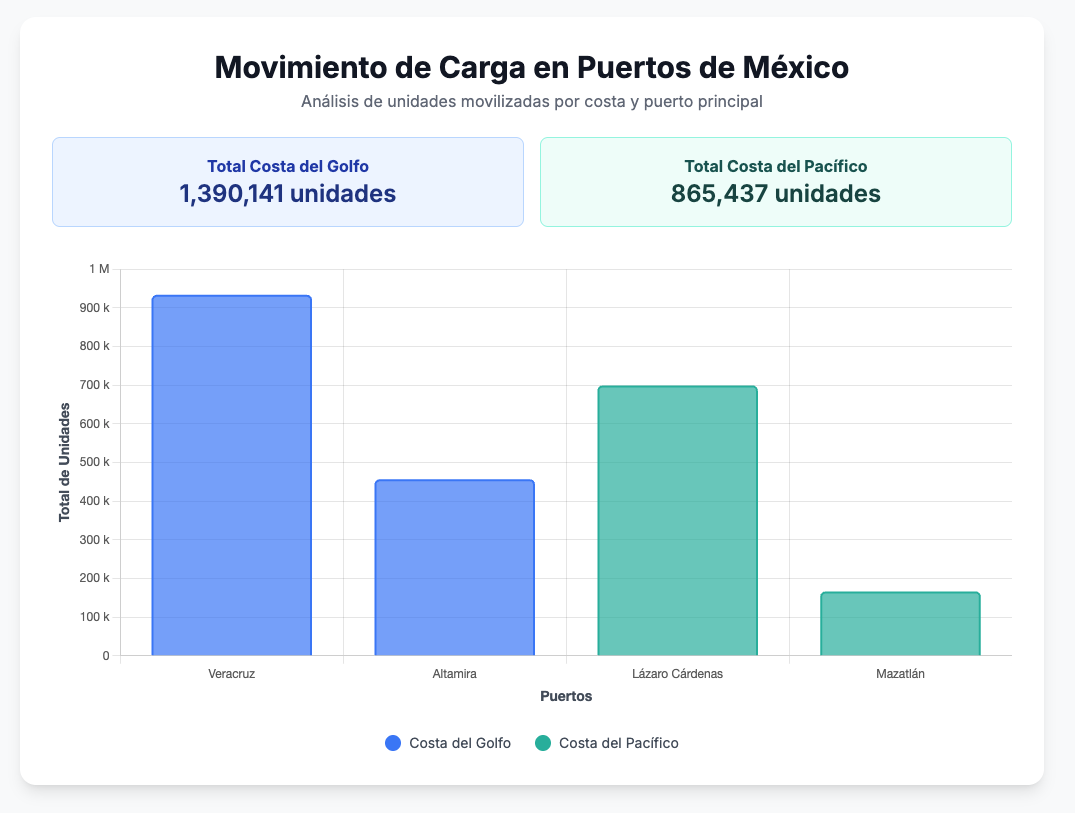
Lázaro Cárdenas has established itself as the automotive hub of the Pacific, with the capacity to initially handle 750,000 units per year in its Specialized Vehicle Terminal. The port of Lázaro Cárdenas has 600 meters of waterfront for two boarding positions and a track comb of more than two kilometers for assembling unit trains. Veracruz leads the national automotive cargo movement, benefiting from the Veracruz-ZMCM railway corridor, which handles between 500,000 and 1,000,000 tons per year.
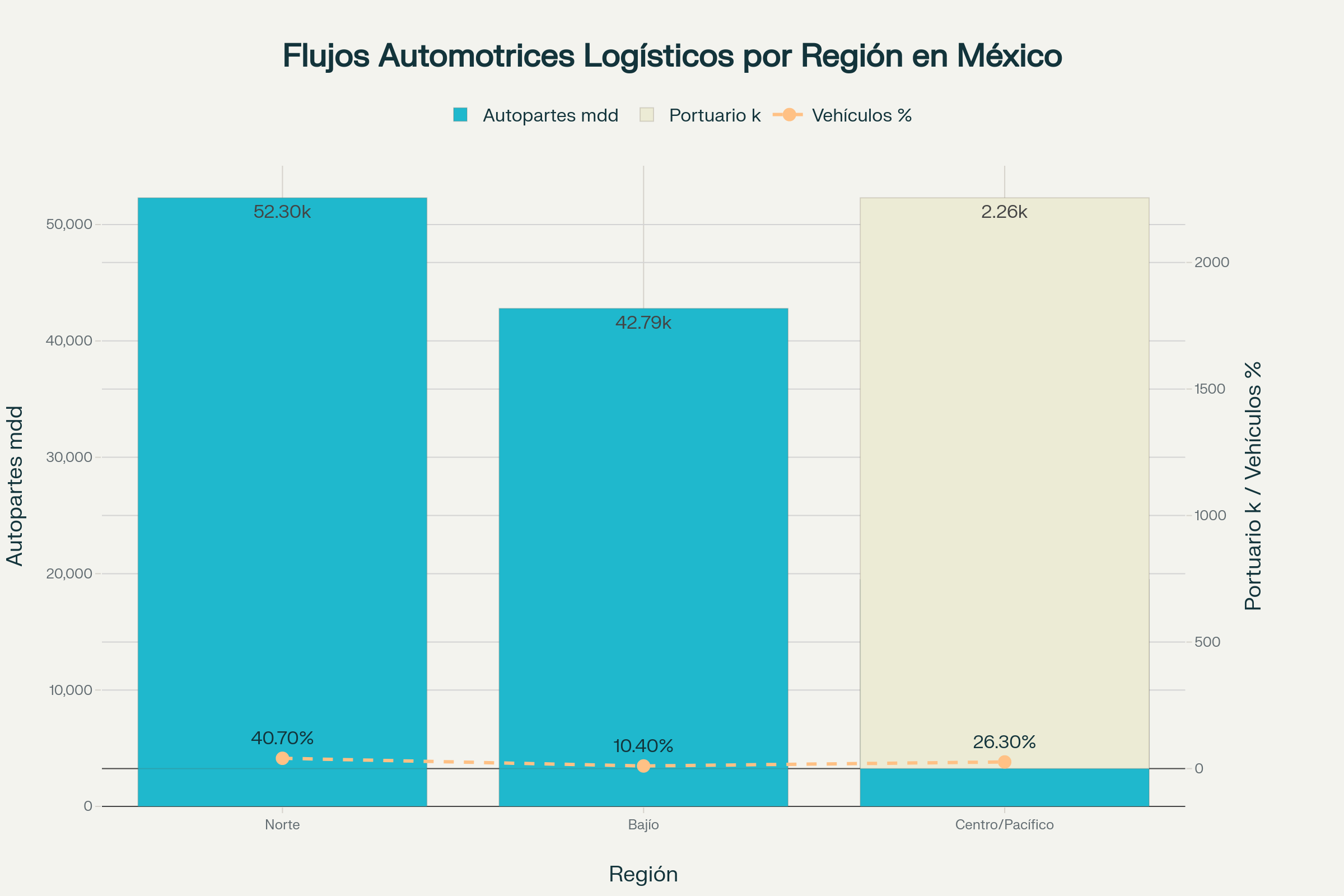
The load volumes between these regions depend on the routes and media used. Usually, the Bajío concentrates the shipment of auto parts for domestic assembly and export, the North Move components and finished vehicles to the U.S. Department of State by land/rail, and the Pacifico manages extensive maritime import and export flows (RORO/LOLO). Each area imposes particular logistical challenges (port infrastructure, local customs, specialized labor), hence the importance of a regionalized logistics plan.
Practical and strategic solutions for OEMs and Tier 1
To transform challenges into advantages, OEMs and Tier 1 can implement the following solutions:
Digital integration and Control Tower
Develop a logistics control tower that integrates ERP, TMS and WMS with transport and warehouse data. This allows visibility in real time of each shipment and predictive analysis. Automatic reports and alerts (e.g. for delays at the border) facilitate quick decision-making. Digitalization (blockchain, IoT) ensures reliable part traceability and regulatory compliance.
JIT/JIS traceability
Implement advanced tracking systems (RFID on critical parts, fleet georeferencing, IoT sensors) to ensure that deliveries arrive just in time. This data feeds the control tower and improves accuracy in the production sequence. Thus, the philosophy is fulfilled:
“only once, instead, in due course.”
Full multimodal coverage
Hire services that include Ro-Ro (roll-on/roll-off) And Break Bulk (LoLo) in key ports of Manzanillo, Lázaro Cárdenas, Altamira or Veracruz. Have high-frequency land and rail routes to the northern border. And reserve space in air charters for urgent spare parts (for example, in case of line stops). This multimodal strategy offers flexibility: if a port is congested, cargo can be redirected to another mode/port.
Specialized logistics yards
Use secure terminals dedicated to the automotive sector. Los Courtyards of concentration with 24/7 cameras, air-conditioned warehouses and inventory software allow you to concentrate finished vehicles or parts kits, coordinating your last mile. These yards can offer lightweight assembly services or final adjustments before shipment.
Expert advice in foreign trade
Rely on specialized customs agents for IMMEX procedures, Border Strip Programs and NOM tariff liquidations specific to the automotive sector (e.g. NOM-068 for heavy road transport). A good advisor ensures that customs clearance is agile and complies with regulations, avoiding fines and rework.
4PL alliances and integrated forwarders
Partner with operators that offer customized 4PL solutions. A 4PL can take care of the logistics from start to finish, reducing the internal administrative burden. This includes management of special projects (project loads): the shipment of machinery for new plants or large spare parts. The 4PL coordinates special permits, oversized loads, and delivery of critical molds/equipment without interrupting production.
Regulatory Compliance (NOMs) and Sustainability
Develop internal procedures and audits to comply with automotive NOMs and environmental standards (e.g. ISO 14001 in logistics). In addition, taking advantage of sustainable practices (use of rail transport or cleaner ships, returnable packaging) generates value for OEMs that require ESG criteria in their supply chain.
{{asesoria}}
Logistics as a competitive advantage in the new automotive map
The transformation of the automotive sector in Mexico —driven by nearshoring, electrification and regional integration under the T-MEC— has reconfigured logistics requirements for OEMs and Tier 1. It's no longer just about moving merchandise: it's about orchestrate a highly specialized, synchronized and traceable chain, where every second counts.
The challenges are clear: to meet JIT/JIS deliveries without errors, to navigate complex regulations, to integrate technology and to ensure end-to-end visibility. But so are the opportunities: Mexico has mature infrastructure, strategic multimodal hubs, commercial agreements and logistics talent with global experience.
Companies that adopt a strategic logistics vision — based on 4PL models, intelligent alliances and digital control — will be better prepared not only to respond, but to lead. Because in the new automotive chain, logistics is no longer a cost: it is a lever for competitive advantage.
Everything your logistics needs





